
 The tree branch cracks as my shoe presses firmly against it, pushing it deeper into the forest floor. The noise, though quick to pass, makes me hold my breath as I freeze every part of myself in anticipation of whether that one step will be enough to grab the attention of the mighty elg, moose, as it stands firmly planted atop the mossy floor. Movements must be feather-like and graceful. The silence and passage of time evoke a sense of kinship with the animal. Nothing is rushed. Nothing is taken for granted. This is a journey. And this journey begins long before such an encounter.
The tree branch cracks as my shoe presses firmly against it, pushing it deeper into the forest floor. The noise, though quick to pass, makes me hold my breath as I freeze every part of myself in anticipation of whether that one step will be enough to grab the attention of the mighty elg, moose, as it stands firmly planted atop the mossy floor. Movements must be feather-like and graceful. The silence and passage of time evoke a sense of kinship with the animal. Nothing is rushed. Nothing is taken for granted. This is a journey. And this journey begins long before such an encounter.
The history of moose hunting, elgjakt, in Norway extends far back and was possibly a prerequisite for the settlement of Norway after the last Ice Age. It is believed the moose came to Norway approximately 9,000 years ago and became a very important resource for those living in the mountainous regions. Discoveries of moose bones on settlements and from hieroglyphics during the Stone Age testify to the importance of the moose for Norwegians.
Today, the hunt is still strongly embedded into the culture though the philosophy behind hunting has moved away from a necessity for survival to a wider experience of nature, recreation, and self-sustainability. It is a way to be physically active and to be part of a team and a community. It is a way to connect with the environment and connect with the food system. The hunt, for many, is a part of who they are. And this is very much the case for the team I spent the day with in Rollag, Norway.
 (more…)
(more…)
 Rødkål is a sweet and sour braised red cabbage. A side dish that is a necessity for many Norwegians when it comes to the Christmas Eve meal. Tradition dictates its presence and it is most often paired with ribbe (pork ribs with a layer of crispy fat) and potatoes.
Rødkål is a sweet and sour braised red cabbage. A side dish that is a necessity for many Norwegians when it comes to the Christmas Eve meal. Tradition dictates its presence and it is most often paired with ribbe (pork ribs with a layer of crispy fat) and potatoes.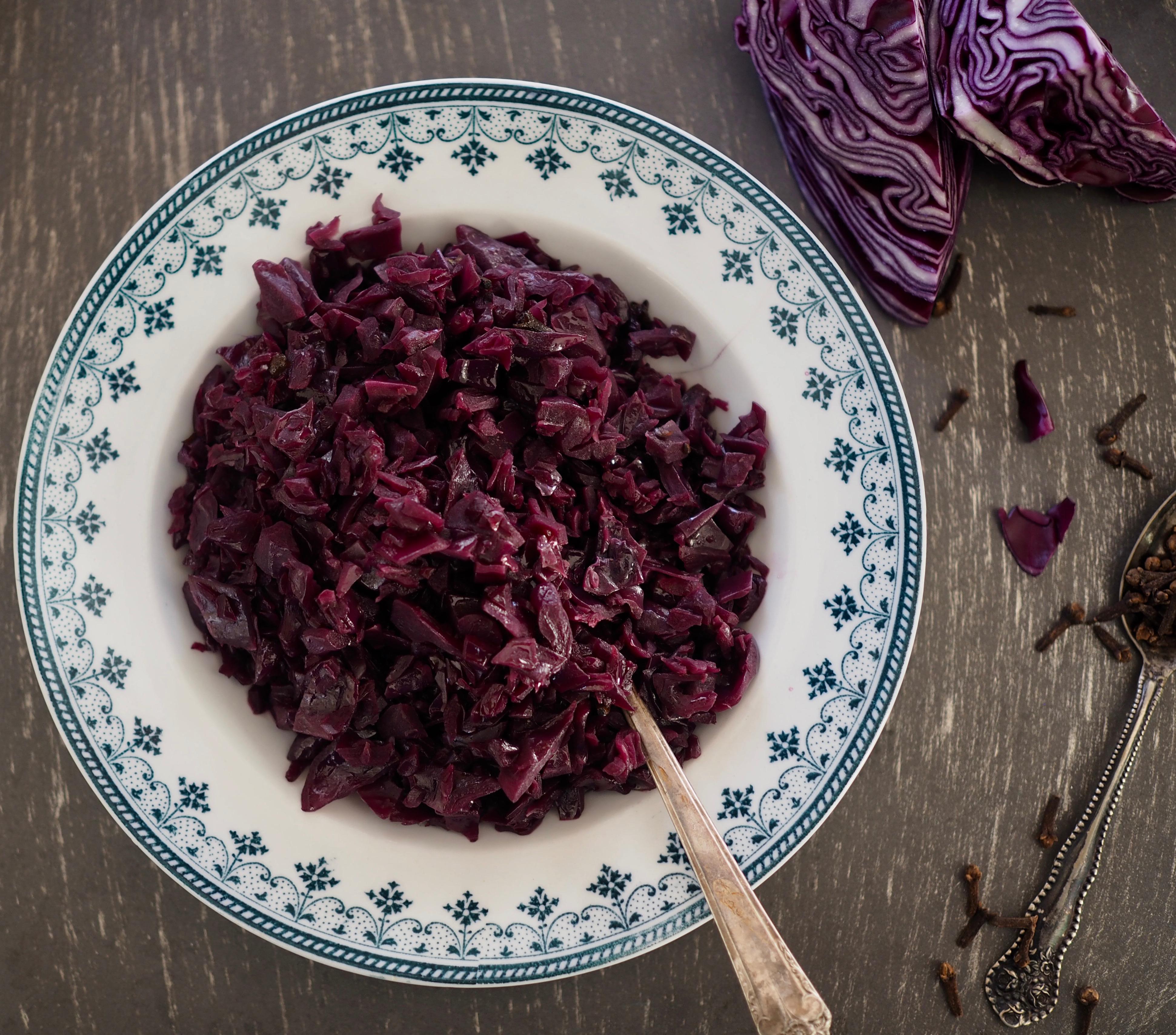





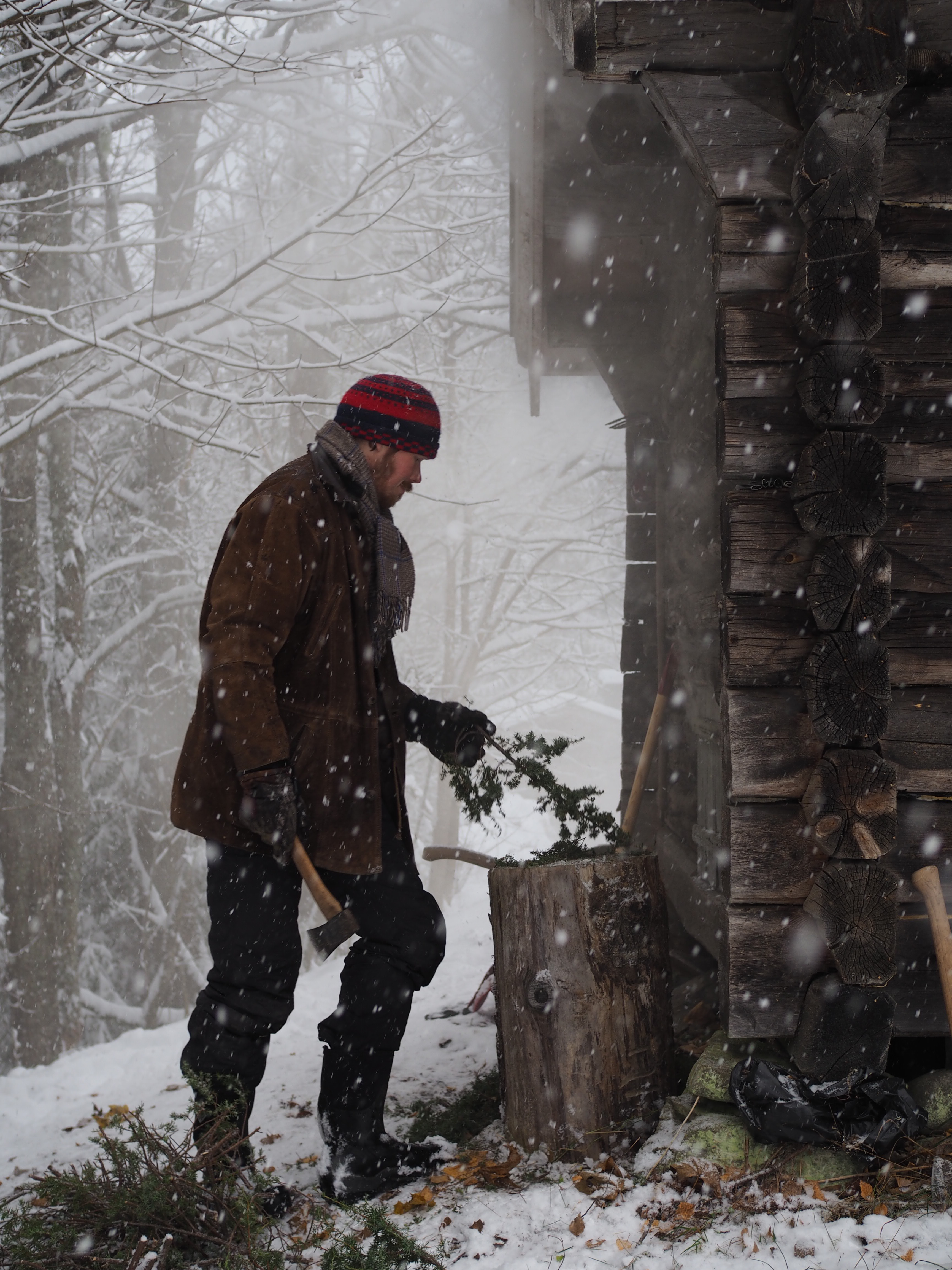

 An army of snowflakes drape over the valley in a continuous flutter, creating an atmosphere that is quite magical, quite harmonious. A picture of white amidst a mountain landscape. And there, at the edge of the farm and near a trickling brook, stands the old smokehouse.
An army of snowflakes drape over the valley in a continuous flutter, creating an atmosphere that is quite magical, quite harmonious. A picture of white amidst a mountain landscape. And there, at the edge of the farm and near a trickling brook, stands the old smokehouse.
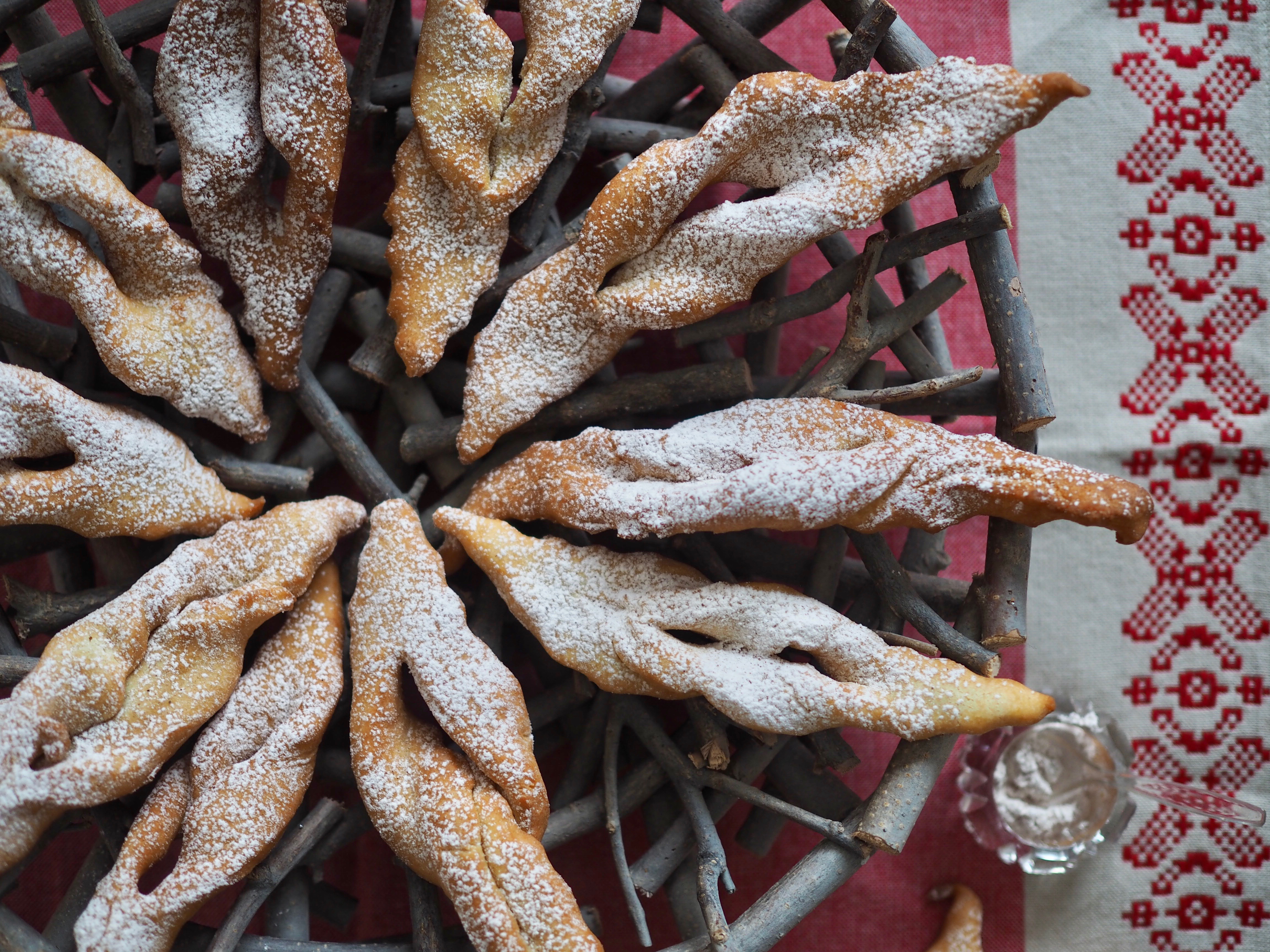
 The farm has become a blanket of white, with only the contrast of branches and jetting rock to add depth and structure. It’s tranquil and all encompassing.
The farm has become a blanket of white, with only the contrast of branches and jetting rock to add depth and structure. It’s tranquil and all encompassing.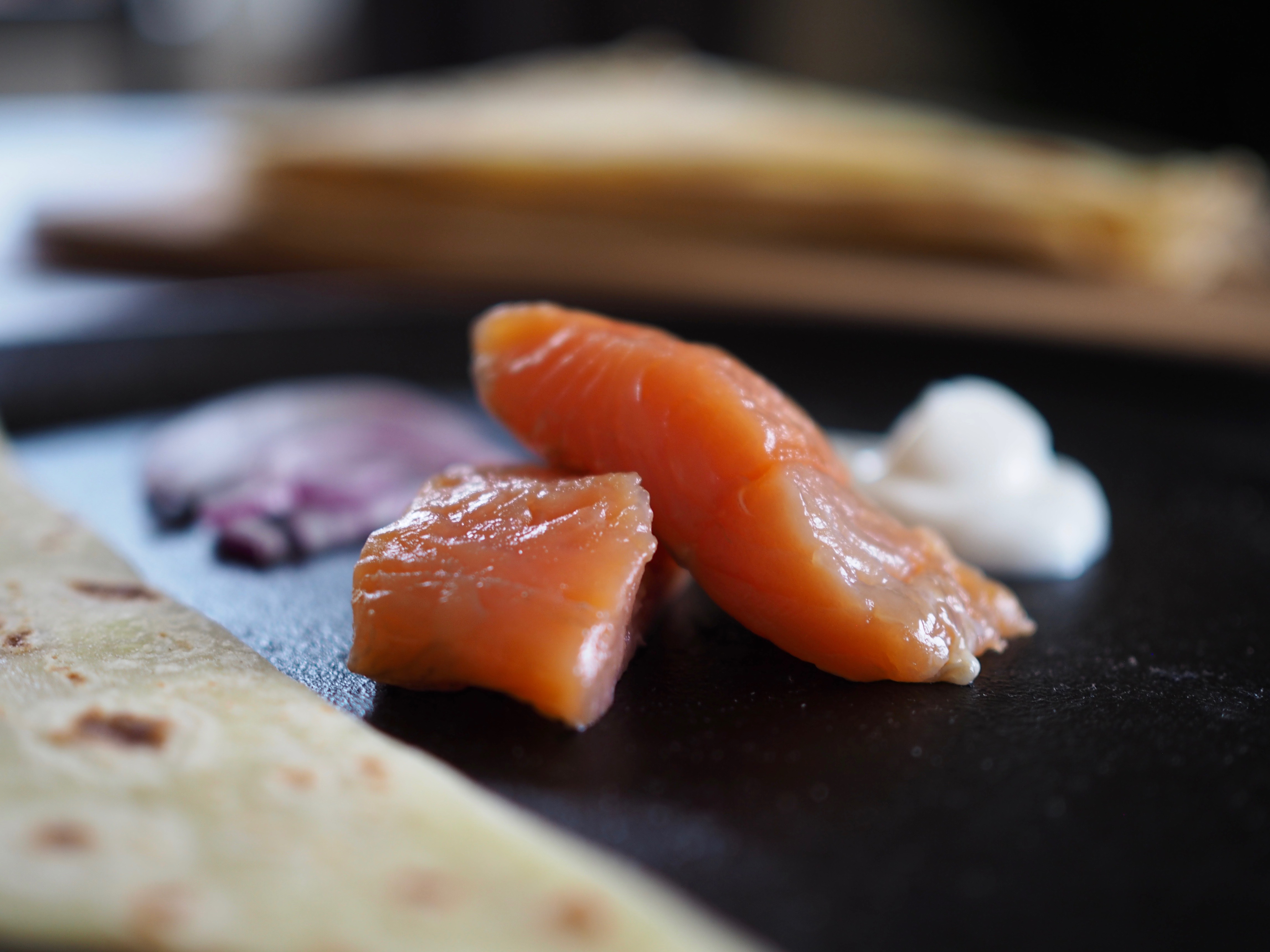


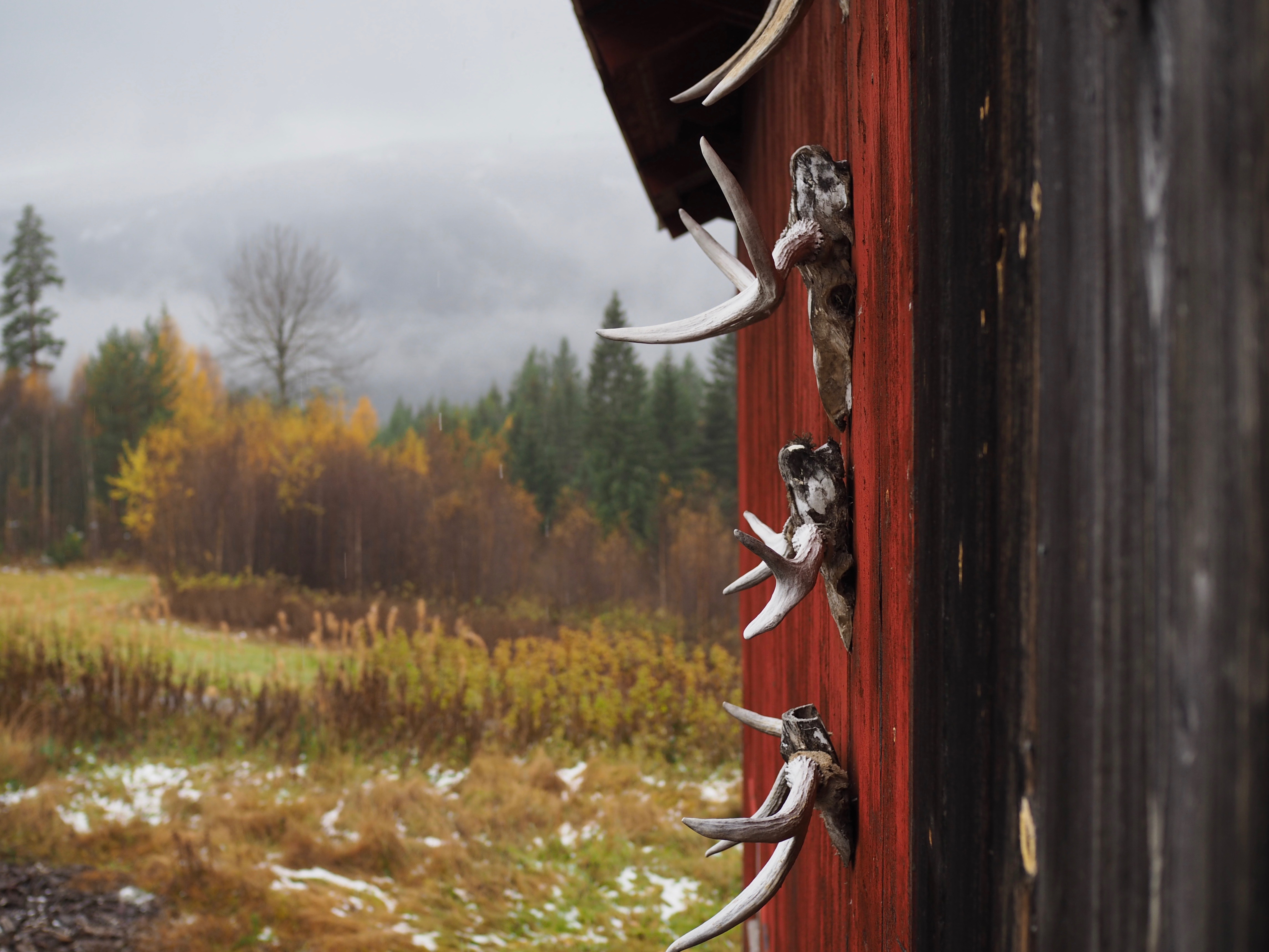

 The tree branch cracks as my shoe presses firmly against it, pushing it deeper into the forest floor. The noise, though quick to pass, makes me hold my breath as I freeze every part of myself in anticipation of whether that one step will be enough to grab the attention of the mighty elg, moose, as it stands firmly planted atop the mossy floor. Movements must be feather-like and graceful. The silence and passage of time evoke a sense of kinship with the animal. Nothing is rushed. Nothing is taken for granted. This is a journey. And this journey begins long before such an encounter.
The tree branch cracks as my shoe presses firmly against it, pushing it deeper into the forest floor. The noise, though quick to pass, makes me hold my breath as I freeze every part of myself in anticipation of whether that one step will be enough to grab the attention of the mighty elg, moose, as it stands firmly planted atop the mossy floor. Movements must be feather-like and graceful. The silence and passage of time evoke a sense of kinship with the animal. Nothing is rushed. Nothing is taken for granted. This is a journey. And this journey begins long before such an encounter.